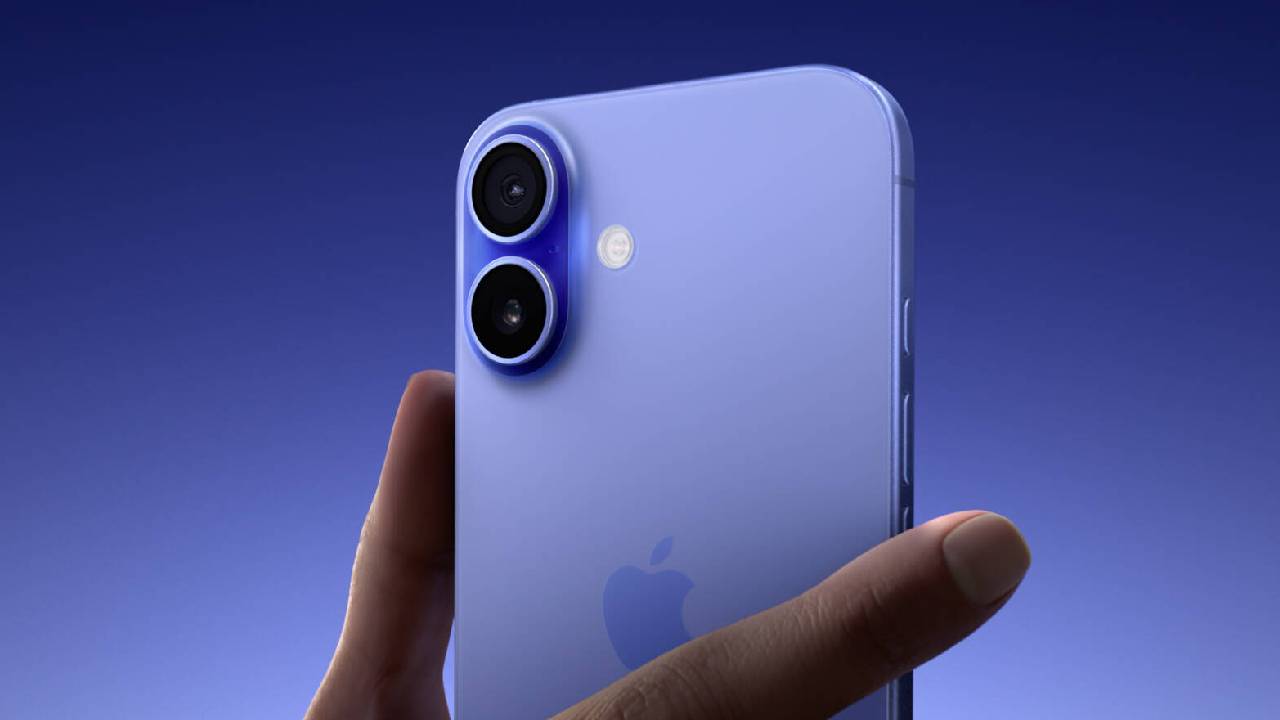
Apple’s iPhone 16e: Modern Design, Controversial Omission
Apple has officially unveiled its latest entry-level smartphone, the iPhone 16e, positioned as the successor to the iPhone SE (3rd generation). While the new model boasts a significantly updated design language, aligning more closely with Apple’s current flagship aesthetics, a controversial decision to remove MagSafe support has sparked debate among users and tech enthusiasts alike. The question remains: will this perceived deficiency significantly impact the user experience, and what is Apple’s rationale behind this choice?
The iPhone 16e represents a significant departure in terms of design compared to its predecessor. Gone are the rounded edges and dated bezels reminiscent of older iPhone models. Instead, the 16e embraces a more modern and streamlined appearance, featuring flat edges, thinner screen bezels, and the now-familiar notch housing the front-facing camera and sensors. This design choice brings the entry-level iPhone in line with the visual identity established by recent flagship devices, making it more appealing to consumers seeking a contemporary look without the premium price tag.
Adding further to the updated design is the inclusion of the Action Button, previously introduced on the iPhone 15 Pro and Pro Max models. This customizable button offers users a convenient way to access frequently used functions, such as launching the camera, turning on the flashlight, activating silent mode, or triggering custom shortcuts. The addition of the Action Button to the iPhone 16e demonstrates Apple’s commitment to incorporating premium features into its more affordable offerings, enhancing the overall user experience.
However, the most talked-about aspect of the iPhone 16e is undoubtedly the omission of MagSafe support. MagSafe, introduced with the iPhone 12 series, utilizes magnets embedded in the back of the device to facilitate precise alignment and secure attachment with compatible chargers and accessories. While the iPhone 16e retains wireless charging capabilities, it lacks the magnetic ring necessary for MagSafe functionality. This means that while users can still charge their devices wirelessly, they will be limited to the slower 7.5W charging speed, as opposed to the faster 15W charging offered by MagSafe.
The removal of MagSafe extends beyond just charging speed. The MagSafe ecosystem has evolved into a diverse range of accessories, including cases, wallets, car mounts, and power banks, all designed to seamlessly attach to the iPhone magnetically. By excluding MagSafe, the iPhone 16e limits users’ access to this expanding ecosystem, potentially impacting their ability to personalize and enhance their device with these convenient and functional accessories.
Apple’s justification for this decision, as articulated by a company official, centers around the perceived charging habits of the iPhone 16e’s target audience. The statement suggests that Apple believes a majority of users in this segment still primarily rely on wired charging via the Lightning port. While this may be true to some extent, it overlooks the growing popularity and convenience of wireless charging, as well as the broader appeal of the MagSafe ecosystem.
The decision to prioritize cost savings over MagSafe compatibility has understandably drawn criticism from some users and industry analysts. Many argue that MagSafe has become an integral part of the iPhone experience, offering not only faster wireless charging but also a seamless and versatile way to connect accessories. The removal of this feature from the iPhone 16e could be seen as a step backward, potentially alienating users who have come to rely on MagSafe’s functionality and convenience.
The impact of this omission on potential buyers remains to be seen. While some users may be willing to overlook the lack of MagSafe in exchange for the iPhone 16e’s more affordable price point and updated design, others may find it a deal-breaker. The success of the iPhone 16e will ultimately depend on whether its overall value proposition, including its performance, camera capabilities, and software features, can outweigh the perceived disadvantage of not having MagSafe support.
Looking ahead, it will be interesting to observe how Apple approaches MagSafe in future iterations of its entry-level iPhones. The company could potentially reintroduce MagSafe in future models, perhaps as a higher-tier option or as a standard feature once the technology becomes more cost-effective. Alternatively, Apple could continue to omit MagSafe from its budget-friendly iPhones, focusing instead on other features and functionalities to differentiate them from its flagship offerings.
Ultimately, the iPhone 16e’s success will hinge on Apple’s ability to strike the right balance between affordability, design, and features. While the updated design and inclusion of the Action Button are undoubtedly positive steps, the removal of MagSafe raises questions about Apple’s commitment to providing a consistent and feature-rich user experience across its entire iPhone lineup. The coming months will provide valuable insights into how consumers respond to this controversial decision and whether it ultimately impacts the iPhone 16e’s market performance.
